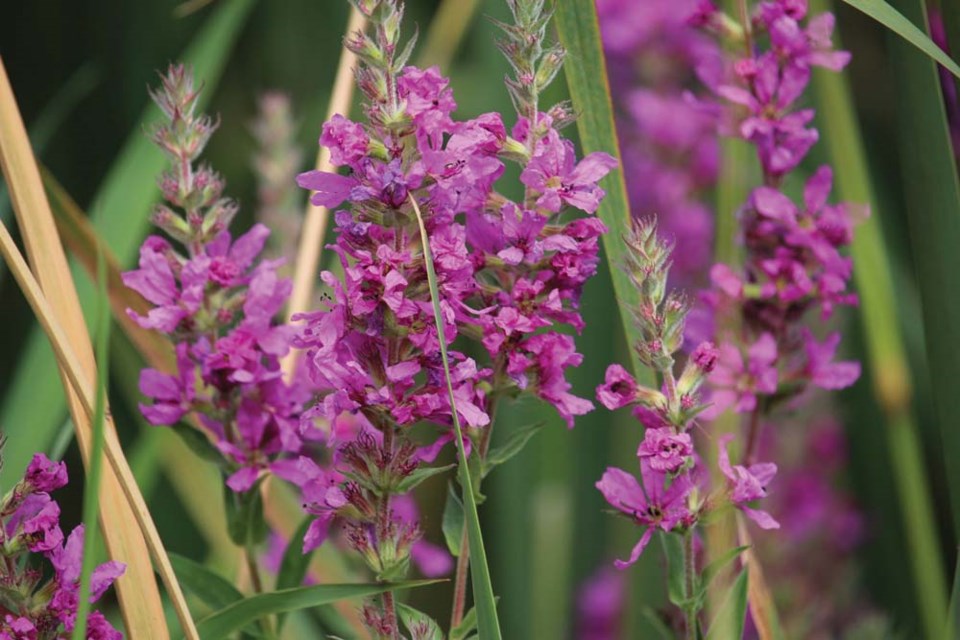Aggressive. Prolific. And invasive. Those are just a few of the more polite words used to describe a beautiful but hated weed.
Every August, purple loosestrife blooms across our region and every year you see more clusters of the tall, dark pink plants colonizing creek banks, ditches and other wetlands.
It’s considered an invasive species, brought to North America about 200 years ago by accident. It was admired and widely planted in gardens before people realized what a threat it poses.
The Invasive Species Council of Manitoba writes:
“The impact of purple loosestrife is severe in the form of a loss of native flora and fauna in infested wetlands, degradation of wetland habitats and the clogging of irrigation systems.”
Prolific? A single plant can produce up to two million seeds a year, and the roots can also spread out and form new plants.
Although gardeners have been urged for years not to plant purple loosestrife, it continues to spread in wild areas like along the creeks in the Virden area.
So its enemies are trying to beat it back with a new weapon.
“Current efforts in Manitoba focus on the use of beetles as a long term biological control. While other control methods have met with little success, the use of beetles has proven effective,” according to the Council’s website.
You can report sightings of purple loosestrife and other invasive species on the Invasive Species Council of Manitoba’s website.




